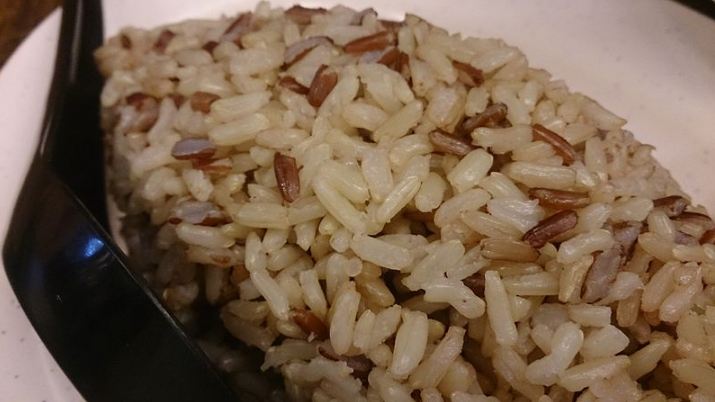Rice is a staple part of the diet for many people in the world, especially those living in Asia. With different varieties to choose from, rice can be a versatile and nutritious food. In the United States and probably in most parts of the world, the most popular types are white rice and brown rice.
Both types of rice come from the same grain, but white rice is more refined. White rice is the most commonly consumed type of rice, whether in homes or restaurants, but brown rice is widely recognized as a healthier option.
Difference Between White and Brown Rice
To be fair, all rice consists almost entirely of carbs, with small amounts of protein and no fat. However, brown rice is a whole grain, while white rice has bran and germ removed. The bran is the source of fiber, and the germ is a carbohydrate-rich endosperm. This leaves white rice with few essential nutrients, making brown rice as the healthier option.
Health Benefits of Brown Rice
What do the extra carbs and fiber mean? Since brown rice tends to be a bit more caloric, why is it healthier? Nutritionally, brown rice is recommended for a healthy diet because it contains extra nutrients that white rice doesn’t contain. Here are some of the health benefits of brown rice against white rice:
1. Better nutrient profile
Brown rice has a greater nutrient advantage over white rice, as it contains a lot more fiber, antioxidants, and important vitamins and minerals. About 1.8 grams of fiber is present in 100 grams of cooked brown rice, while the same amount of white rice offers only 0.4 grams of fiber. Here’s a list of comparing other vitamins and minerals between the two kinds of rice, based on the Reference Daily Intake (RDI).
| Nutrients | Brown Rice (RDI) | White Rice (RDI) |
| Magnesium | 11% | 3% |
| Manganese | 45% | 24% |
| Thiamine | 6% | 1% |
| Niacin | 8% | 2* |
| Phosphorus | 8% | 4% |
| Vitamin B6 | 7% | 5% |
| Zinc | 4% | 3% |
| Iron | 2% | 1% |
2. Prevents weight gain
Rice is starchy in high in carbs, and people who eat a lot of it and do little exercise may find that they gain weight. One study involving Japanese factory workers found that those who are a lot of white rice gain weight, but those who are less maintained their weight. But with brown rice, even those who ate a lot maintained their weight. Researchers concluded that eating any amount of brown rice can help prevent weight gain.
3. Controls blood sugar levels
Brown rice is rich in fiber, phytic acid, and essential polyphenols. This type of rice helps slower the release of sugar, keeping blood sugar levels intact.
4. Lowers risk of diabetes
Studies found evidence that a higher intake of white rice can increase the risk of type 2 diabetes, especially in Asian people. One study concluded that people who ate at least five servings a week had 17% higher risk of developing type 2 diabetes. On the other hand, those who ate at least two servings of brown rice a week had a lower risk of type 2 diabetes than those who eat rice rarely.
Eating brown rice can help prevent, if not, lower the risk of developing type 2 diabetes.
5. Aids in cardiovascular health
Brown rice can help prevent blockage of arteries, thanks to its selenium content that is good for the heart. Selenium also helps reduce the risk of cardiac disorders like hypertension and other vascular diseases.
6. Lowers cholesterol
The oil present in brown rice is known to aid in reducing LDL cholesterol levels to a large extent. This makes brown rice one of the healthiest grains you can eat. The fiber in brown rice can bind to the cholesterol in the digestive system so it can be eliminated during excretion. Studies have shown that a fiber-rich diet can lower levels of bad cholesterol in the body. Rice bran is also associated with a reduction in LDL cholesterol, so the bran in brown rice doubles as a natural cholesterol-lowering ingredient.
7. Benefits bone health
Brown rice helps keep the bones strong and healthy. It’s rich in magnesium, which helps in bone development and muscle contraction.

